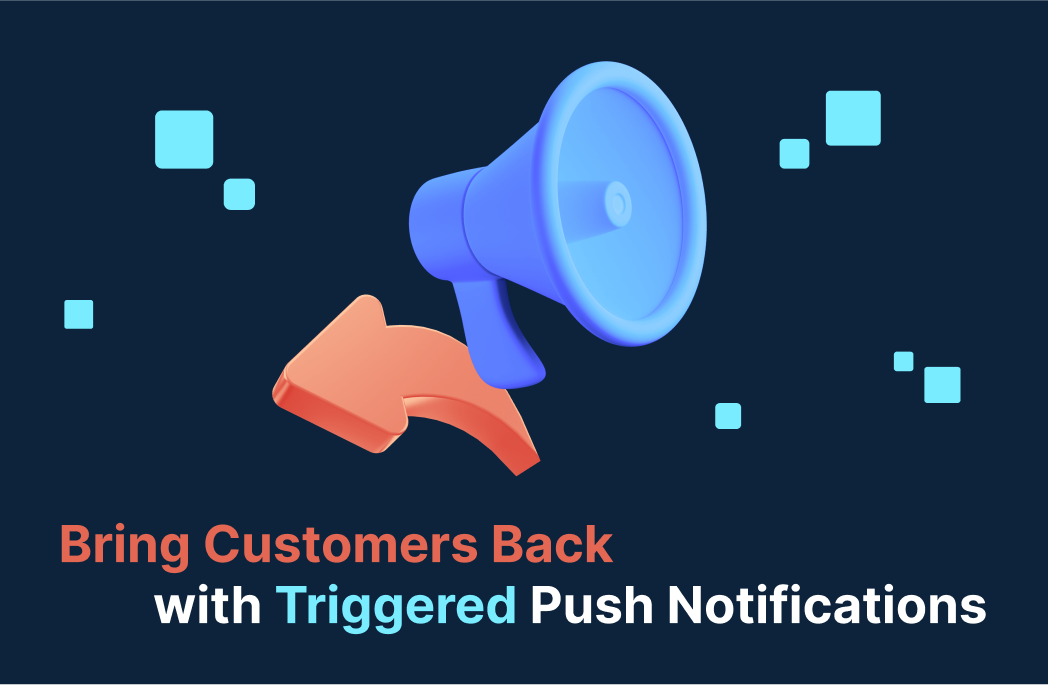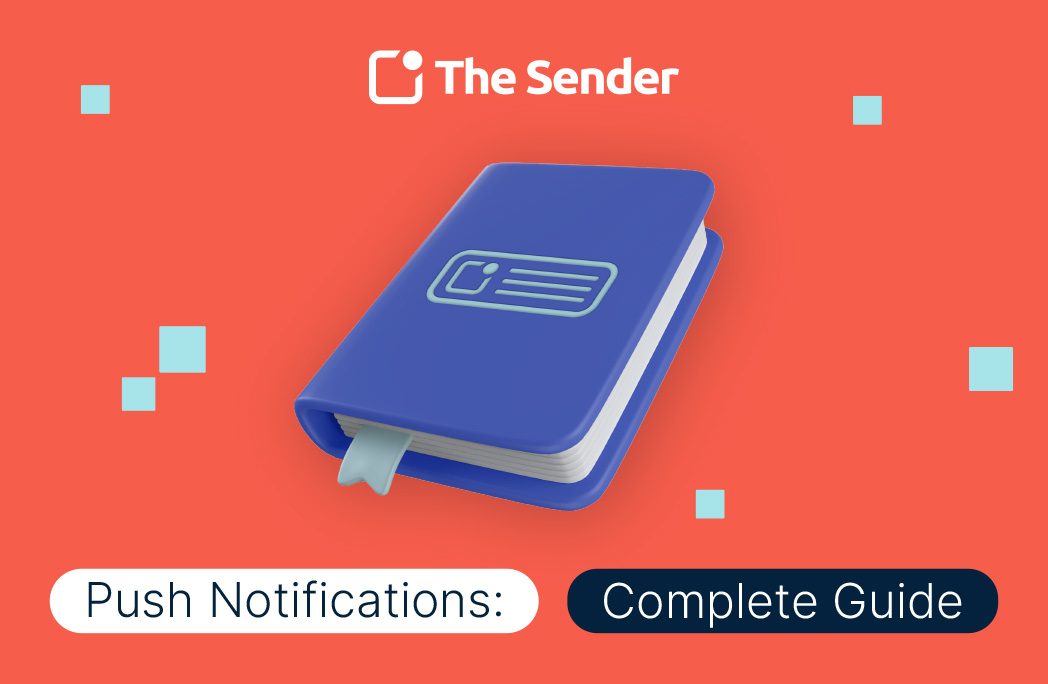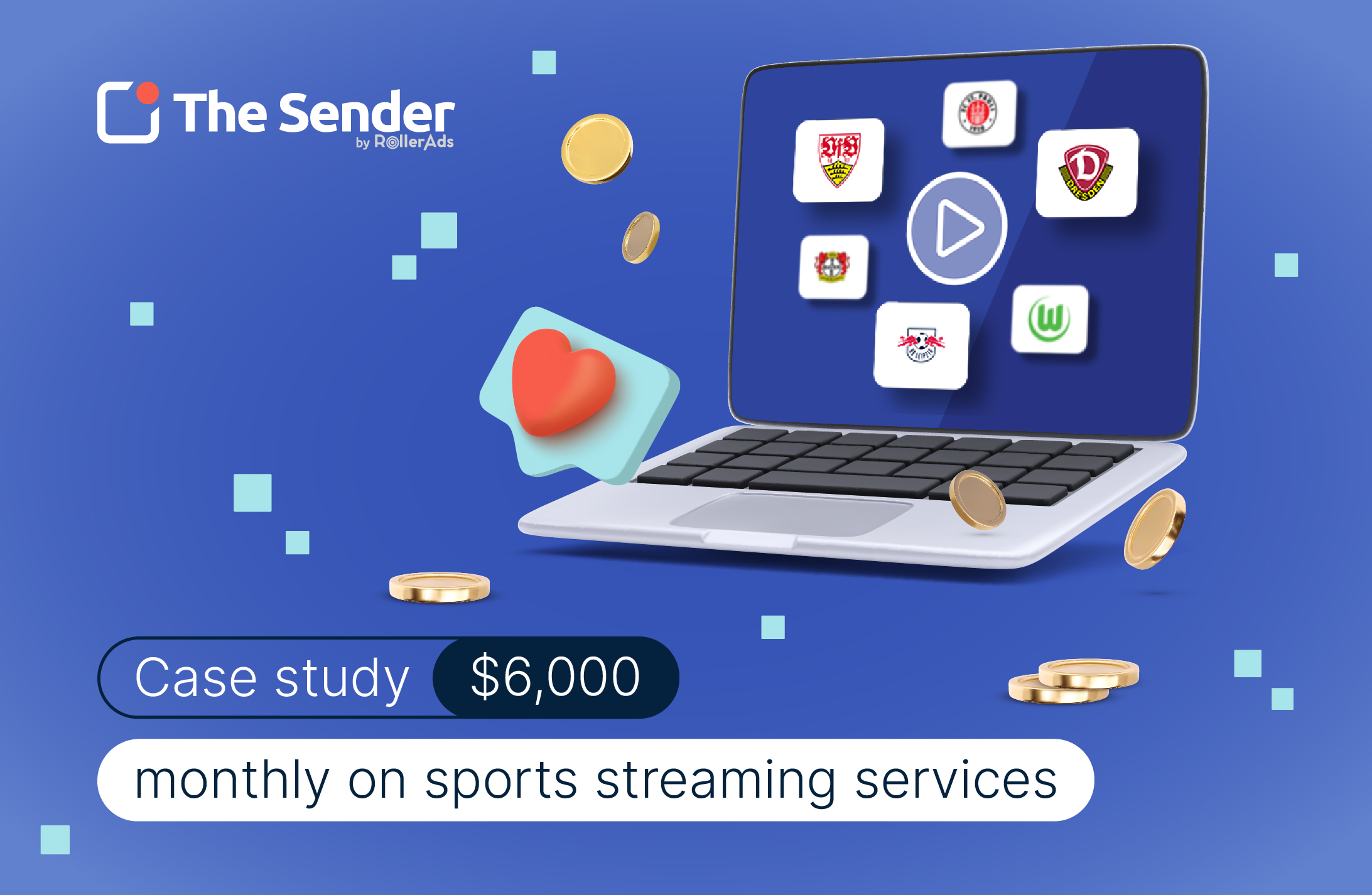High Engagement and Conversion with Push Notification Strategy
Businesses use push notifications frequently to interact with their customers and increase conversion rates. Yet, it’s crucial to set up a clear strategy if you want to make the most of push notifications. We’ll go through the vital aspects of an effective push notification strategy in this article, along with the tips and ideas to get you rolling.
Specifying Your Goals
Identifying your goals is the first step in developing a push notification strategy. What do you aspire with your push notifications?
- Increasing website traffic
- Promoting sales or special offers
- Improving customer retention
- Encouraging app downloads or usage
Those are just a few examples of key goals to spur your imagination. After all, you know better the goals of your strategy.
Segmenting Your Audience
Segmenting your audience is the next step after defining your goals, which is about classifying your audience into various categories by demographics, behavior, and preferences. You can do this to provide push notifications that are more personalized to your audience’s needs and relevant to their behavior.
Personalized push notifications have a several times higher open rate than their generic counterparts. So, taking the time to segment your audience and develop customized communications is essential for top performance.
Crafting Your Message
Making your message engaging and relevant to your audience is the secret to create an outstanding push notification.
Here are a few tips for building an effective push notifications:
- Use a clear and attention-grabbing headline
- Keep the body copy concise and to the point
- Use emojis to add personality and context
- Include a clear call-to-action
Timing and Frequency
When it comes to push notifications, timing and frequency are also important factors to keep in mind. You should send your messages when your audience would most likely read them. According to a Bussines of Apps study, the optimal time gaps to deliver push notifications are:
- Between 11 am and 3 pm (lunchtime), while people are less active during their work time
- Between 5 pm and 11 pm (after work hours), when people may pay more attention to their devices
You should also be aware of how often you send push notifications. User fatigue and opt-outs might result from receiving too many messages. Unfortunately, there is no optimal number of notifications per day or week that will work for everyone. It depends on the type of business. For example, an online store can send 1–2 notifications per day with little to no bouncing risk. For an online service, the frequency decreases down to a couple of notifications per week.
Also, the number of messages sent, and their frequency depend on your strategy and goals. In case of a sale or extensive campaign, push assault becomes a norm. Push notifications ought to be relevant, engaging, and diverse for the peak performance.
Testing and Optimization
To make sure your push notification strategy is effective, it’s crucial to test and modify it.
Here are some ideas on how you can evaluate and improve your marketing plan:
- A/B test different elements of your messages, such as headlines and call-to-action buttons
- Use analytics to track the performance of your messages and make data-driven decisions
- Experiment with varying segments of the audience and message timing to find the optimal strategy for your business
If you’re looking for a push notification platform that offers advanced targeting and personalization features, check out TheSender. With our platform, you can create highly targeted push notification campaigns based on user behavior, location, and other criteria. Plus, you can use advanced segmentation and automation features to improve the performance of your campaigns even further.



